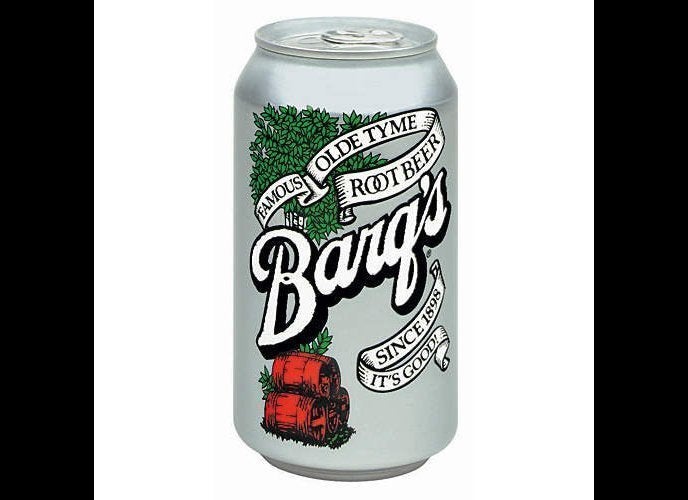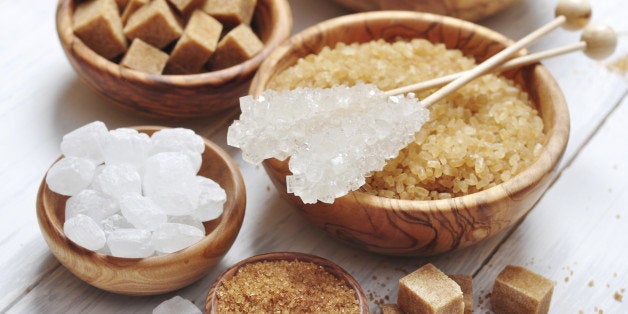
Most scientists agree that added sugar -- especially in liquid form, like soda -- contributes to metabolic diseases like diabetes and obesity. But you might never know there was a consensus by looking at some of the research literature.
A study by the medical journal BMJ, published online Feb. 11, suggests food companies may be at least partly to blame.
The U.K.-based journal found that about two-thirds of the researchers involved with Britain's Scientific Advisory Committee on Nutrition from 2001 to 2012 received money from food, drink or pharmaceutical companies, including giants Nestle, Coca-Cola, Unilever and Mars, or sugar business groups, including the U.S.-based Sugar Association. The Scientific Advisory Committee advises U.K. government agencies on nutrition and health issues, and is charged with issuing new recommendations on carbohydrate consumption.
Providing grants and consultant fees sways the outcome of scientific research, according to a 2013 review of 17 meta-analyses on sugar research. Scientists who received funding from the food industry were five times more likely to find no relationship between drinking sugar-sweetened beverages and weight gain or obesity than scientists with no financial ties to the industry.
U.S. researchers are grappling with the same conflicts, according to experts.
Most U.S. researchers would prefer to receive funding from the government's National Institutes of Health, which relies on Congress for its budget, or from neutral foundation sources, according to Marlene Schwartz, director of the Rudd Center for Food Policy and Obesity at the University of Connecticut. Budget cuts, however, are stretching NIH research funds very thin.
The ongoing National Runners’ and Walkers’ Health studies -- the biggest longitudinal exercise study in America -- just ran out of NIH funding, for example. Bloomberg, which reported the news, notes that while 31 percent of NIH research grant applications were approved in 1997, only 18 percent were funded in 2014.
Cuts like these allow so-called Big Sugar, Big Pharma or Big Food to fill funding gaps at research centers and universities, said Schwartz.
"I don’t think any university-based scientist would prefer to have food industry funding,” Schwartz told HuffPost. "I think the reason we’ve seen so much of this is that government funding has decreased, and scientists want to keep doing their work.”
Schwartz said she sympathizes with scientists who want to keep their research funded. But taking money “changes the relationship” between investigator and investigated, she said. Because of this, Rudd Center doesn’t accept financial contributions from food companies, although center and industry representatives regularly meet to foster communication and discuss how companies can improve the healthfulness of their products.
Those on the receiving end of corporate largesse point out that industry contributions typically don't go directly to a specific project. Instead, they flow to a general department or research center. Still, that can inject bias, or the perception of bias.
In a now-famous example, Stanford University researchers garnered attention in 2012 with the surprising finding that organic produce had no health benefits over conventionally farmed fruits and vegetables. But funding for other Stanford departments by agricultural giant Cargill cast doubt on the research. A separate study published in July found organic crops and organic-based foods were higher in anti-oxidants than conventionally grown food, which contained pesticides and toxic metals.
"There is a tremendous amount of debate around these issues, being largely driven by people who have different agendas regarding politics rather than an agenda which is to evaluate the evidence and tell people what we think its saying,” said Laura Schmidt, a professor at University of California, San Francisco, School of Medicine. “Because it’s a very political issue, the science gets caught in the middle and can get spun in all directions.”
Schmidt, who reviewed the BMJ investigation but had no role in it, agreed that meta-analyses convincingly show that corporate money can distort science -- despite the best intentions of researchers, peer-review oversight and rigorous journal publishing standards. Schmidt is part of her school's new SugarScience team, which aims to catalog thousands of sugar experiments already published, noting whether they involved food company funding.
“The project itself is a scientific integrity project,” said Schmidt. She, along with other SugarScience researchers, was vigorously screened for any financial or professional ties to major food companies before taking the post.
After meticulously reviewing the approximately 8,000 experiments and studies on added sugar consumption, as well as taking note of potential conflicts of interest, the SugarScience group concluded that robust evidence suggests consuming lots of added sugar over a long period increases the risk for type 2 diabetes, non-alcoholic fatty liver disease and heart disease.
The public seems to be catching on, despite the conflicts. Soft drink consumption has been declining since 1998. While Coca-Cola beat profit expectations in its most recent quarter, analysts attributed the bump to a rise in drink prices, not increased consumption.
"I have been encouraged by the fact that the sales have dropped,” said Schwartz. "I think that there have been efforts across the country to educate the public about not drinking sugary drinks or buying them for your children, and I do think that people are getting the message."
Related
Before You Go
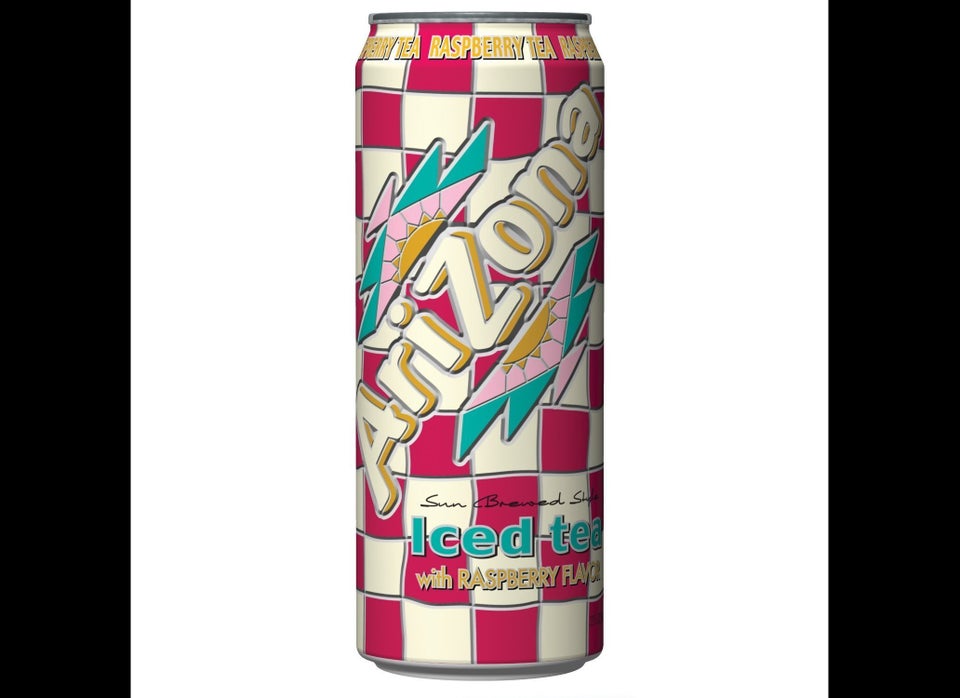
Photo from Amazon.com

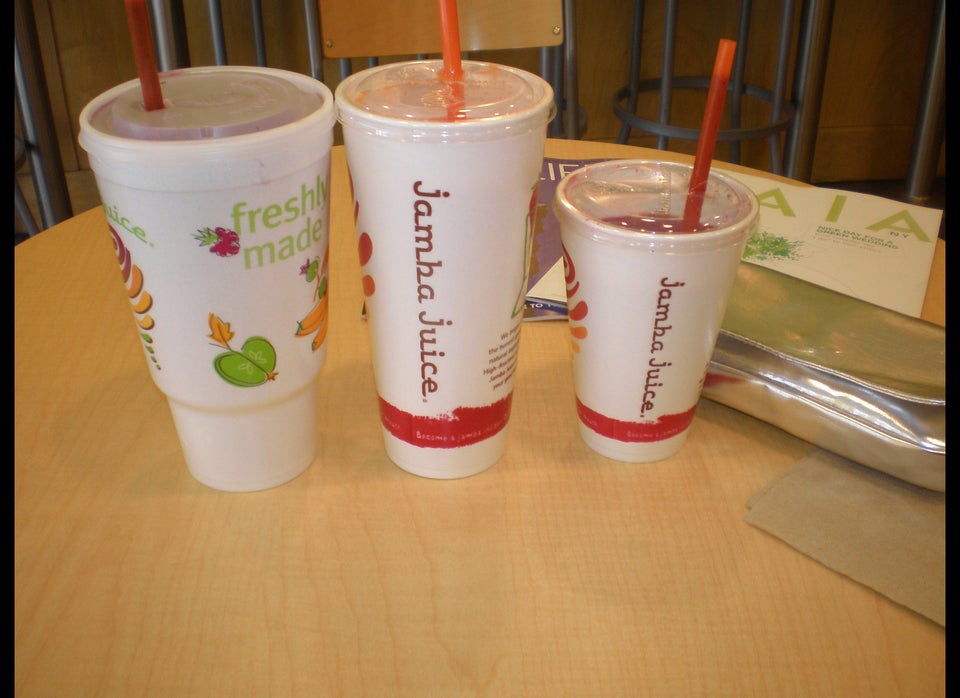
Flickr photo by libookperson
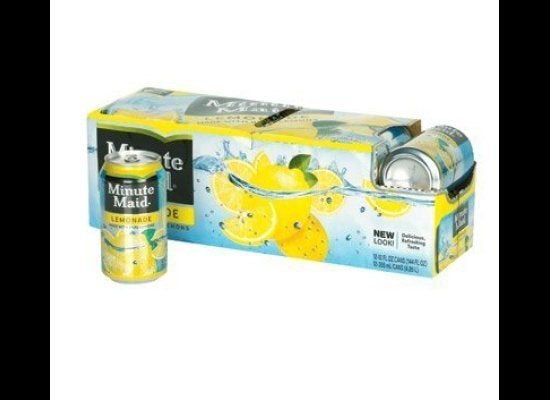
Photo from Amazon.com
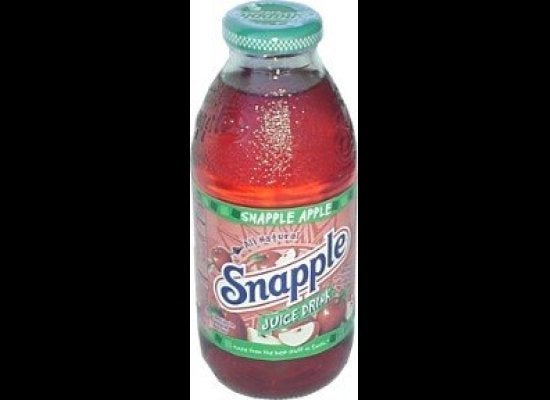
Photo from Amazon.com
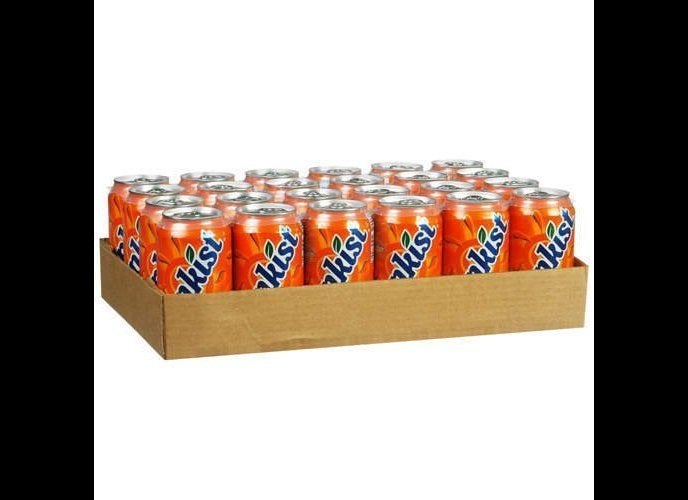
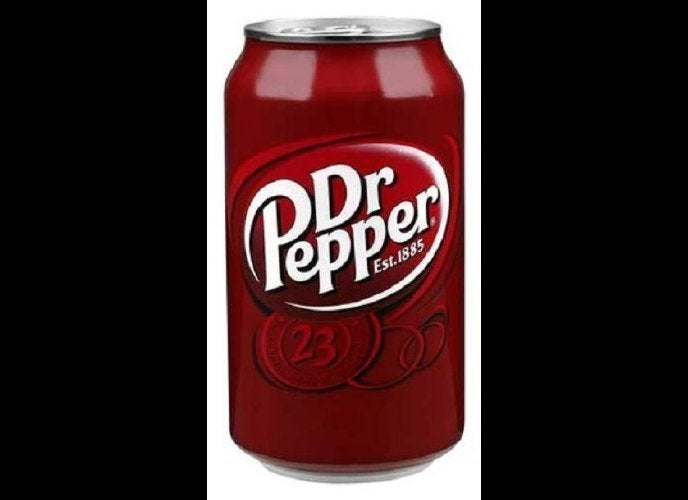
Photo from Amazon.com

Flickr photo by ReneS
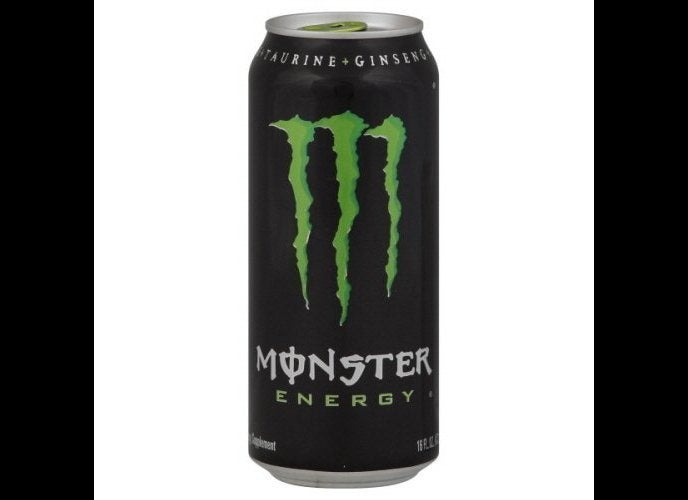
Photo from Amazon.com

Photo from Amazon.com
